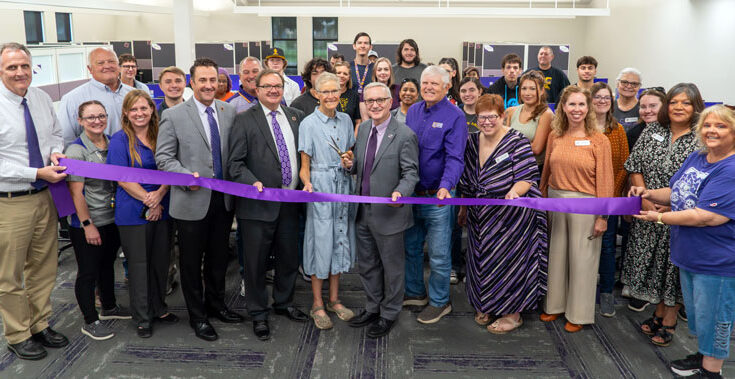
U.S. Highway 60 closed between Superior and Miami due to flooding
Contributed Article/Courtesy ADOT SUPERIOR/MIAMI – U.S. Highway 60 is closed in both directions between Superior and Miami, according to the Arizona Department of Transportation. The closure is between mileposts 226-244 …
U.S. Highway 60 closed between Superior and Miami due to flooding Read More










